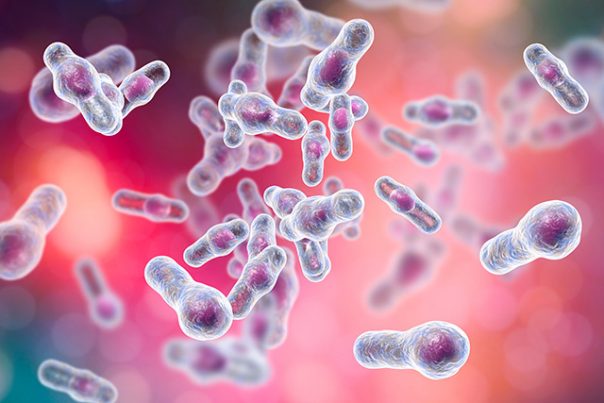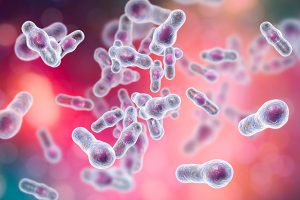
Gangrene – causes, side effects and treatments at NaturalPedia.com
Wednesday, March 28, 2018 by Rhonda Johansson
http://www.naturalpedia.com/gangrene-causes-side-effects-and-treatments-at-naturalpedia-com.html

Gangrene is an extreme medical condition that causes tissue in the body to die, usually in the hands or feet. Severe cases of gangrene can result in the amputation of the limb and may lead to death. Gangrene should never be ignored and must be immediately treated to halt the spread of decay.
Gangrene occurs when the body lacks oxygen, resulting in tissue death. The condition usually affects the extremities but can also affect the internal tissues. Left untreated, gangrene can lead to toxic shock.
There are two main of forms of gangrene:
- Dry gangrene – Medical professionals sometimes refer to this as “mummification” and carries with it all the symptoms associated with the description. This condition is slow to manifest and is more commonly associated with chronic diseases, including diabetes. Those afflicted with this form will notice their skin becoming dry and shriveled. Skin will also become darker in color, ranging from brown to purplish-blue.
- Wet gangrene – Perhaps the more visually impacting of the two, wet gangrene is characterized by skin that is swollen and littered with blisters that may rupture. Pus may also appear around the diseased tissue. Wet gangrene normally develops following a severe burn or frostbite.
Other types of gangrene, such as Fournier’s gangrene and internal gangrene are rare but generally carry several symptoms of the above-mentioned forms.
Known symptoms of gangrene
The main features of gangrene include:
- Loss of color in the affected body part – Look for discolorations that eventually turn dry or dark. In dry gangrene, the color can change from red to black. Wet gangrene, on the other hand, will cause the skin to swell and emit a foul smell. Gas gangrene causes a person to leak out brownish, foul-smelling pus.
- Shedding of skin – There will be a clear line forming between the affected and healthy skin.
- Loss of sensation – Affected patients will initially feel pain followed by the inability to move the affected body part. The affected body part will also be cold to the touch.
Internal gangrene will exhibit symptoms associated with septic shock. Apart from the typical gangrene symptoms, internal gangrene is accompanied by:
- Fever
- Confusion
- Low blood pressure which leads to fainting and/or light-headedness
- Shortness of breath
- Increased heart rate
- Nausea, vomiting, and diarrhea
Body systems harmed by gangrene
The condition normally affects the extremities. However, it can spread to all parts of the body and damage the internal organs.
Food items or nutrients that may prevent gangrene
In terms of prevention, not much can be done for wet gangrene, except to avoid extreme cold and not getting burned. Dry gangrene, being heavily associated with diabetes, can be avoided by managing blood sugar levels properly. The foods and nutrients that can prevent diabetes will not be tackled in this article, but can be found at this link.
Treatments, management plans for gangrene
Treatment for gangrene typically involves the removal of the affected tissue and preventing further infection. Antibiotics may be given alongside surgery. Herbal remedies are likewise prescribed to hasten the healing process.
Surgery is used to cut out the dead tissue and prevent the gangrene from spreading.
Some herbs and nutrients can be useful for gangrene treatment. These include:
- Bromelain – Found mostly in pineapples, this helps reduce inflammation and swelling.
- Echinacea – This strengthens the immune system and helps the body fight off infection.
- Olive Laf – This helps fight off infections.
Where to learn more
- Socialized healthcare: Man forced to cut off own toes to save foot after being denied hospital treatment
- 15 Medicinal Uses & Benefits Of Hydrogen Peroxide(H2O2)
- Why no one lives forever
- Teenager thought she just had a sore throat, found out her body was actually rotting away
- Death is a part of life
Summary
Gangrene occurs when oxygen-rich tissue is depleted of its supply causing decay.
The condition is highly associated with diabetes.
It normally affects the limbs but can spread to the internal organs.
It needs to be urgently treated to prevent the spread of decay.
Sources include:
Tagged Under: Tags: gangrene






